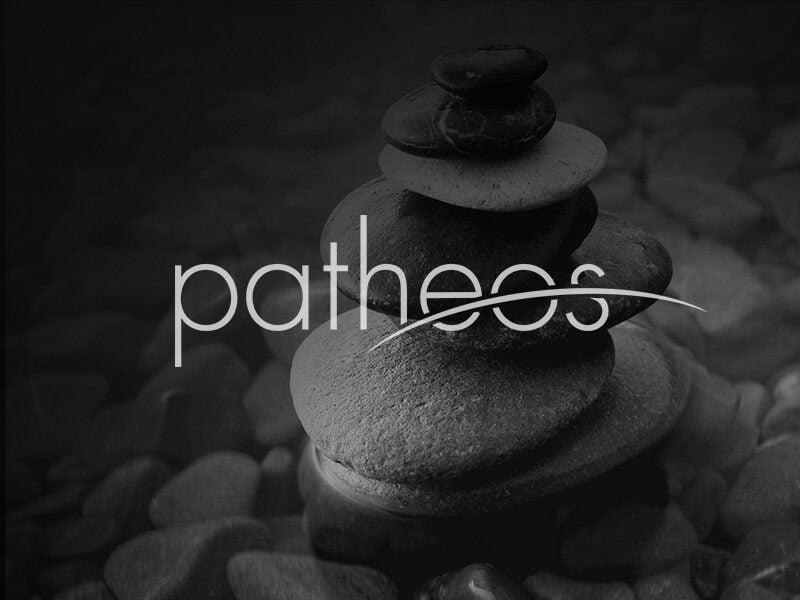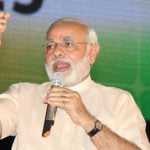Last updated on: November 14, 2014 at 12:30 am
By
CNA Daily News
Denver, Colo., Nov 13, 2014 / 05:30 pm (CNA/EWTN News).- India's population control policy is under fire after at least 14 women died following botched sterilizations due to negligent medical practices in one of the country’s poorest states, Chhattisgarh. On Monday, the death toll was eleven women, with more than 50 others hospitalized – 20 of them in critical condition – after being sterilized at a state run camp in Chhattisgarh. By Wednesday, another woman had died and 15 others were hospitalized following the same procedure at a different state-run camp. Sebastian, a spokesperson for the Archdiocese of Raipur, which includes Chhattisgarh, said the women were operated on, given medicine and sent home. However, reports in the area indicated that the medicine was expired and the hospital used for the procedures had been closed for four months and suddenly reopened, increasing the risk of infection. “We are all pained at the carelessness of the doctor’s administration,” he said. The archdiocese, he added, only promotes education and awareness about natural family planning methods. The sterilizations are part of government efforts to curb population numbers, which are on pace to eclipse China soon. The women received tubectomies – their fallopian tubes were cut in order to prevent pregnancy. Normally this procedure requires anesthetic, but the Chhattisgarh women were not given any. According to BBC, 83 women between the ages of 26 and 40 were operated on in just six hours by one doctor and his assistant. Government rules relegate one surgeon to perform only 35 operations in a day. The women died of infection and shock from loss of blood. Mara Hvistendahl, an award-winning journalist and author who has spent time reporting throughout Asia, said negligent sterilizations have a long history in India under their population control policies. “These operations are being performed very quickly and under abysmal conditions,” she said, “and this is not the first time that there have been problems with the sterilization program.” India’s history of sterilization includes the “Emergency period” which began on June 25th, 1975, with the Prime Minister of India, Indira Gandhi. Indira Gandhi declared a State of Emergency, and began rounding up Dalits (those considered “untouchables”) and Muslims by the millions. According to the Population Research Institute, a non-profit which documents, exposes, and ends coercive population control programs, the conditions and consequences during the two-year emergency period were similar to what the women faced earlier this week. “By the time the emergency period ended in March 1977, over 11 million men and women had been forcibly sterilized in assembly-line fashion. The unsanitary conditions in which these operations were carried out left many crippled or dead,” a press release on their website reads. The Institute, which exposes the myth of overpopulation, said it vows to never forget “the day when the population controllers got their way.” The period of emergency caused a strong backlash in the country, and since then the population control policies have refocused their efforts on targeting women, Hvistendahl said. “The irony is that it's much easier to sterilize men,” she added. Danielle Sisk serves as the National Student Advocacy Director for the Dalit Freedom Network, which works on the ground in India to aid the poorest and most disadvantaged people in India by providing education, health care and other services without discrimination. Sisk said the poorest women in India are seen as easy targets for sterilization, as they are often illiterate and therefore uneducated about the risks associated with tubectomies, including risks to surrounding organs and the permanence of the procedure. Sterilizations in India are supposedly voluntary, but there are many reports of coercion of women by officials to have the procedure in exchange for a very small sum – about $20, a week’s worth of wages in the impoverished Chhattisgarh. But the incentives work both ways, said Sisk. “When you have a doctor in the community that’s been told he has to meet a certain quota each month, you then have doctors trying to perform this crazy amount of procedures, maybe 80 or 100 in a day,” often with little or no monitoring or accountability for how the procedures are done, she said. Women are also often told through various campaigns that sterilization is in their best interest, but Sisk said this begs the question of how free they are to make that decision when they are not well educated and are an at-risk population. “Where is the woman’s voice in this?” she said. “She’s offered incentives, but if these women weren’t already at risk due to poverty or a social hierarchy, would this be their desire?” Hvistendahl added that there may be more sinister roots of the population control programs. “Poor women are ostensibly targeted because there is a higher birth rate among the poor,” she said, “But India also has a history of population control with eugenic aims -- directed at supposedly improving the ‘quality’ of the population by curbing the birth rate among the poor.” “There is a huge difference between empowering women to make family planning decisions and a state imposing birth control or sterilizations on its people,” Hvistendahl said. Besides health risks and death, another perhaps unintended consequence of the mass sterilizations is the further exploitation of women as sexual targets for traffickers, Sisk said. “We work really closely with the temple prostitutes, girls sold at a young age to the temple…who are basically used or sexually exploited,” she said, “but one of our concerns is that when you have a woman who is sterilized, what further risks are you putting her to, especially if she’s not married? Or even if she is married?” “They now have this woman, who is their product, who is their supply for this demand to sexually exploit her,” Sisk said. “Not only do they have the supply, they no longer have to worry about her getting pregnant or not being able to make money off of her, or having to pay for a kid or getting an abortion.” According to the latest data from the U.S. State Department, India is considered Tier 2 when it comes to complying with the Trafficking Victims Protection Act – they are still not in full compliance, but have made strides in recent years to protect women. Sisk said the majority of trafficking in India – about 90% - happens domestically, while 10% of the women are exported. “(Sterilizations) just made it easier for them to target these young girls.” While many see sterilization as a quick fix to control population numbers, Sisk said a bigger issue in India is the devaluation of the female gender as a whole. “I believe we’re all made in the image of God, equal and beautiful,” she said. “So any time you start to devalue, or put less value on one sex versus the other, you already have a really negative road that you’re going to take, that allows them to be susceptible to multiple things.” One thing devalued women are susceptible to is gender-selective abortions, leaving some Indian communities with as few as eight women for every ten men, with the gap worse among younger people, as the practice has become more widespread recently. This is a problem throughout all of Asia and occurs in other continents as well, skewing the birth rate of the entire world. Hvistendahl explores the issue in her latest book, Unnatural Selection, drawing from extensive reporting in China, India, Vietnam, South Korea, Albania, and other countries. Sisk said the best thing people can do to help women in other countries is to be educated on the issues, support non-profits that provide aid to women, and remain educated on policies affecting women in their own countries. “There has to be a shift that women are valuable and beautiful, there has to be a focus on women’s rights here.” Read more
















